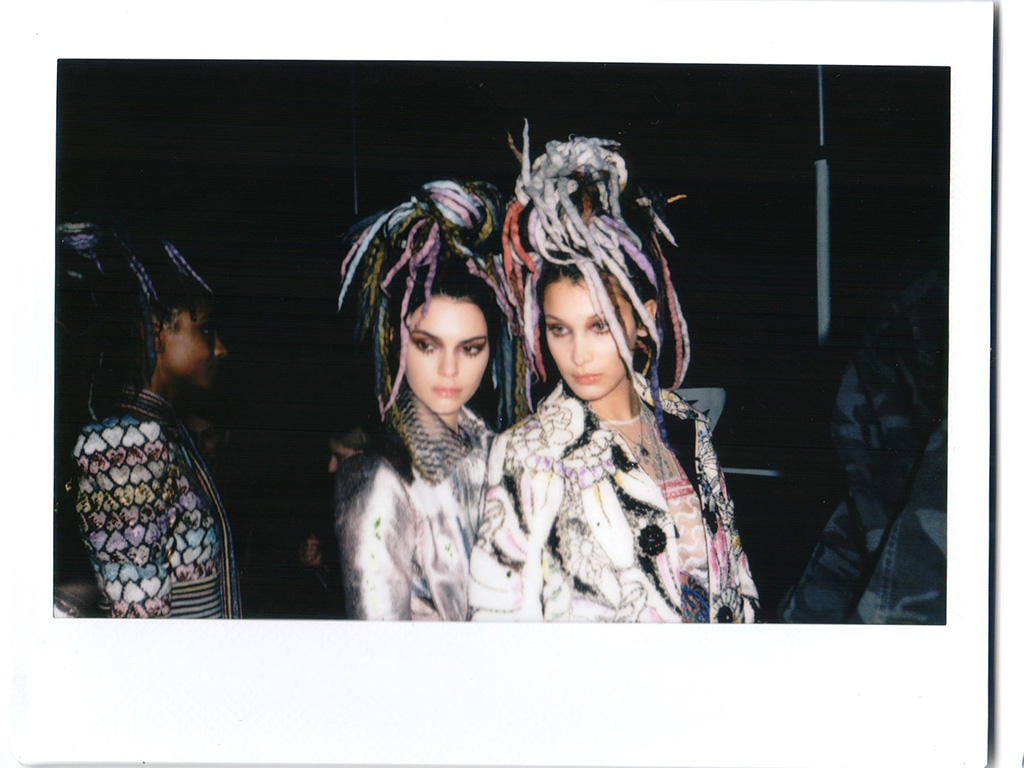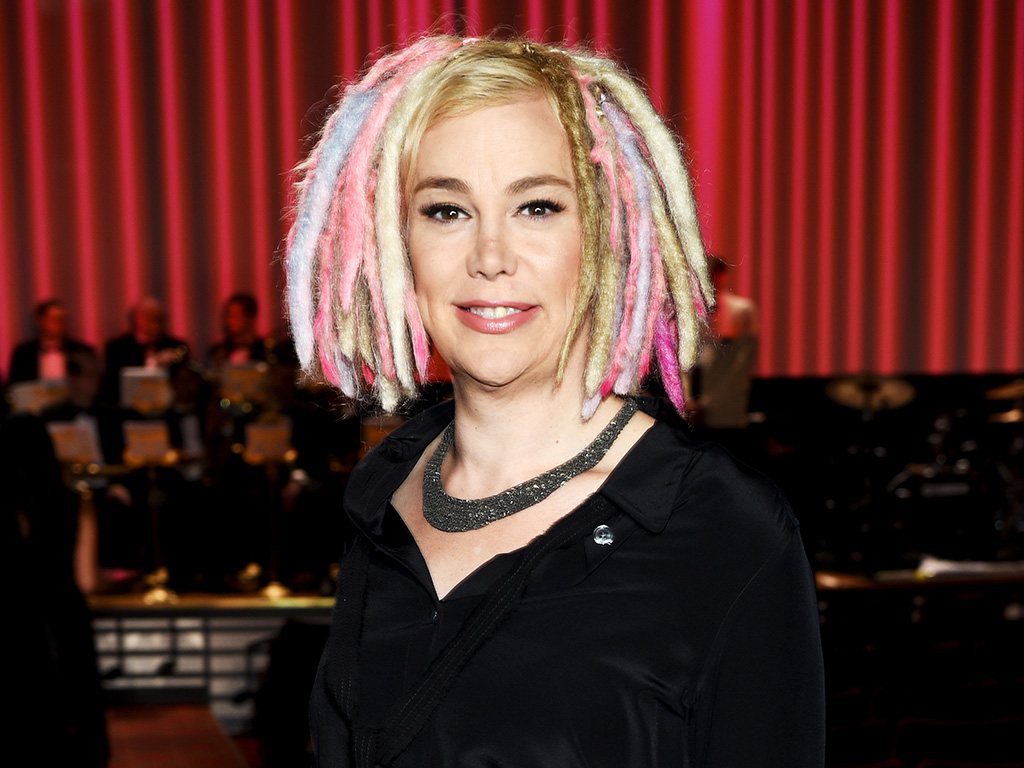Once again, cultural appropriation is at the centre of a fashion week discussion. This time the culprit is Marc Jacobs, who sent a largely white cast of models down the runway yesterday in New York sporting a pile of rainbow-hued dreadlocks, prompting many to deride him for appropriating a deeply revered symbol of black culture.

The designer credits inspiration for the look to transgender film director and star of his spring 2016 ad campaign, Lana Wachowski, who regularly wears strands of multicoloured dreadlocks in her bob. Wachowski herself has come under fire for being a white woman with dreadlocks. Jacobs enlisted longtime collaborator and Redken Global creative director Guido Palau to recreate the look for his runway presentation. The dreadlocks were created by Jena Counts of Dreadlocks by Jena.
READ MORE: Caught on camera: Dreadlocked-white student confronted for ‘cultural appropriation’
Palau said that his inspirations for the hairstyle ranged from the 1980s and Boy George to rave culture and the outlandish looks worn by the street kids in Tokyo’s Harajuku neighbourhood. His intent, he said, was for the models to look futuristic and “cyber.” But Rasta culture was never on his radar.
When confronted with the question about cultural appropriation, Palau said to The Cut: “I take inspiration from every culture. Style comes from clashing things. It’s always been there — if you’re creative, if you make food, music, and fashion, whatever, you’re inspired by everything. It’s not homogeneous.”
Much of the outcry about the use of dreadlocks is tied to the repeated line-crossing that happens in fashion. Recent seasons have been especially rife with cultural faux pas. At Valentino, designers used white models with cornrows to show a collection described as “primitive” for spring 2016; Canadians Dean and Dan Caten of Dsquared2 employed Inuit influences and attached the hashtag #Dsquaw to their fall 2015 show; that same season, Riccardo Tisci at Givenchy described his heavily bejewelled models as “cholas.”
Jacobs responded to the outcry yesterday in an Instagram post, writing: “All who cry ‘cultural appropriation’ or whatever nonsense about any race or skin colour wearing their hair in any particular style or manner — funny how you don’t criticize women of colour for straightening their hair. I respect and am inspired by people and how they look. I don’t see colour or race — I see people. I’m sorry to read that so many people are so narrow-minded… Love is the answer. Appreciation of all and inspiration from anywhere is a beautiful thing. Think about it.”
READ MORE: ‘It will be normal one day’: Diversity dominates at Christian Siriano’s NYFW show
Detractors quickly jumped on the designer for a lacklustre mea culpa that called out women of colour for straightening their hair. He quickly responded with a decidedly more heartfelt apology, writing offence is “not my nature.”
Jacobs is no stranger to controversy. In 2015, he once again partnered with Palau who put models’ hair in Bantu knots, crediting the inspiration to Bjork and overlooking their southern African provenance. He’s also been slammed for over-sexualizing his ad campaigns, like the time he featured a gamine-looking Dakota Fanning holding a large perfume bottle between her legs. Indeed, he set the stage for a career of daring moves when he unveiled his seminal grunge collection for Perry Ellis in 1992. That show cemented frayed flannel and satin slips as the defining look of the decade, but it also got him fired.
His spring 2017 collection, which flicked to his ’90s origins, mixed see-through babydoll minis and embellished satin separates with towering platform boots and over-the-knee stockings. On the whole, it was praised by the fashion press.







Comments